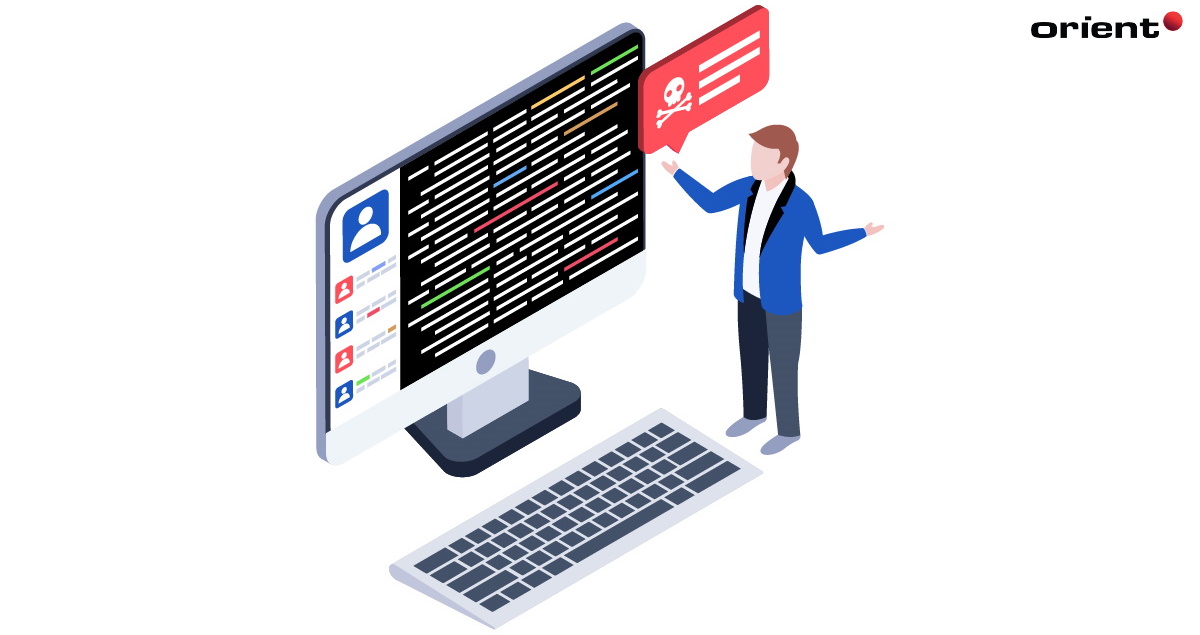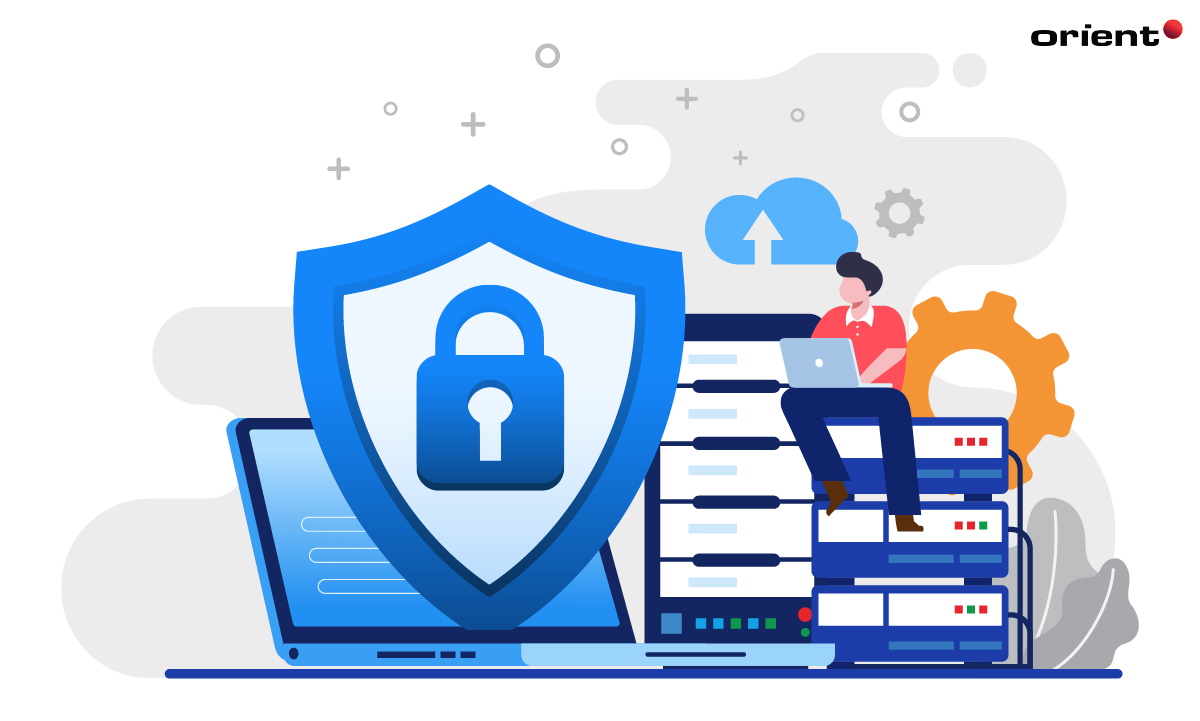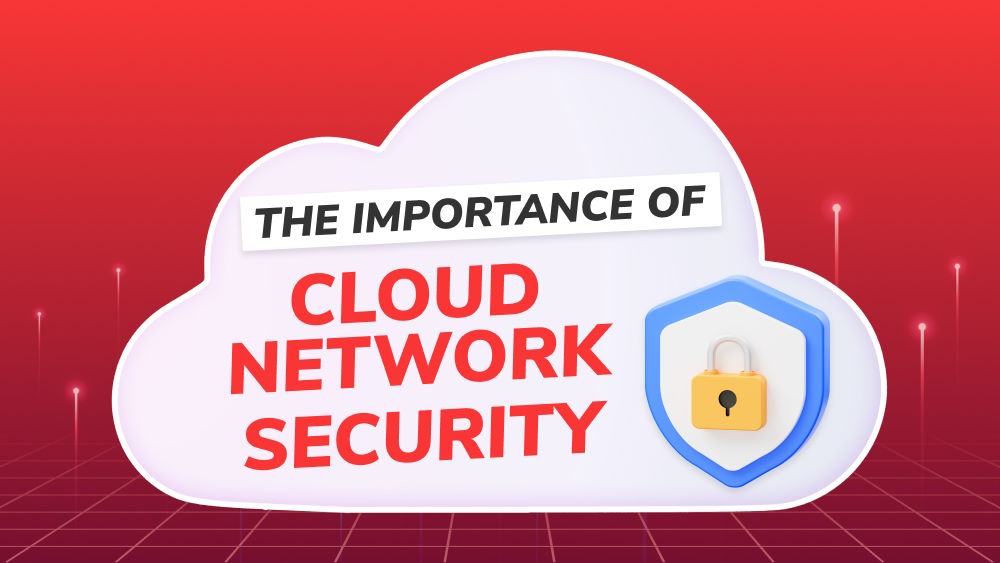Why You Should Implement Security as Code Into Your DevOps Project

Content Map
More chaptersSecurity as Code, as the name implies, is the means to implement security into the code of a software application. It also refers to a set of policies and procedures that a software development team puts in place. These policies ensure that security decisions are made, early and often, throughout the Software Development Life Cycle (SDLC). The practice also has another important component: to make security a shared responsibility between the Development and Security teams. As a result, collaboration between those two departments is improved, and the continuous feedback loop makes for faster bug detection.
What is Security as Code?
Security as Code is a unique approach to software security. It is a methodology that aims to make security a priority from the very start of a software development project. The motivation behind this is simple: to treat security just like any other form of code. This way, security gets the same level of consideration as other coding decisions, be it the layout of a specific page or the implementation of a new feature.
To achieve these outcomes, Security as Code does two important things:
- Embrace cultural change
- Automation
The cultural change involves making security a top priority for the Development and Operations team.
Automation helps a team assess each new iteration of the software’s source code – quickly and easily, with minimal manual intervention – and cover a range of criteria, from measuring loading times to identifying security vulnerabilities. The results can then be shared with the Development team, so that they can resolve bugs and make usability improvements.
Why is Security as Code Important?
Security as Code is important because it streamlines the way that security is implemented into a software application. How? By being part of the DevSecOps methodology, an approach to software development that stands for Development, Security, and Operations.
Prior to the advent of DevSecOps was the Waterfall model, a linear project management approach where each stage of development flows like a waterfall from one process to the next. The model also has a strict hierarchy that splits up the Development (the software builders), Security (the software testers), and Operations (the software deployers) teams into three separate departments, each with their own leaders, tasks, objectives, and goals.
While the Waterfall model is an effective way to establish structure and project requirements early, the insistence on siloed departments and upfront project planning limits flexibility and agility, especially in the face of unforeseen changes.
DevSecOps, and Security as Code, breaks free from the rigidness of the Waterfall model, by nurturing cross-department collaboration, prioritizing security each step of the way, and implementing continuous feedback for earlier and faster bug detection.
Benefits of Security as Code
There are many benefits to working with software development teams that use the Security as Code model.
Consistent Security Policies
One of the most important benefits of Security as Code is the ability to codify security policies at the start of a project. This means that everyone is on the same page as to how to implement security into a software product. Those policies can be repeated and used consistently throughout the entire SDLC. And there is no need to modify those policies, either. So, they can be used for future projects of a similar nature. As a result, the Development team – with guidance from the Operations team – has the knowledge and self-sufficiency to consistently write secure code.
Test Automation
Another benefit of Security as Code is being able to automate the process of reviewing code. With each change made to the source code repository, automated testing tools can quickly scan and analyze the code for potential security vulnerabilities. The results of each code review can then be presented to the software development team in easy-to-read reports. They can then use that information to remedy those security vulnerabilities before they have a chance to get buried deeper into the source code.
Improved Compliance
The Security as Code model is a great way to comply with industry-specific and global software development standards. The Medical Technology sector, for example, has strict coding standards. These standards apply to the development of software for medical devices. The standards relate to a wide variety of aspects, such as user safety, patient confidentiality, and general security considerations.
These standards help reduce the risk of bugs and security vulnerabilities being present in medical devices and therefore help improve patient confidence in the handling of their sensitive data.
A great example of medical cybersecurity standards can be found in the European Commission, which published the most recent Guidance on Cybersecurity for Medical Devices in 2019.
The Most Important Components of a Security as Code (SaC) Plan
The three most common components of a SaC plan are:
- Security Testing
- Vulnerability Scanning
- Access Control and Policy Management
These components are part of a much broader DevSecOps plan, which covers everything from Development to IT Operations to Quality Assurance. However, it is possible for a software development team to focus solely on these components, without disrupting the rest of the DevSecOps workflow.
Security Testing
Security testing is the process of testing the software for security vulnerabilities. The purpose of these tests is to analyze the software through the lens of the CIA Triad, to see if there are any threats that relate to the Confidentiality, Integrity, and Availability of the software. The CIA triad is a common model used by software development companies to analyze the information security of a software product or cloud application.
Confidentiality has to do with keeping the software’s information secure (so that only authorized users and processes can modify or access specific data).
Integrity ensures that the data can be trusted and is maintained in a correct state.
Availability means that data is only available to authorized users when they need it.
Strengthening all three components of the CIA Triad helps the development team not just prevent attacks but also reduce the risk of accidental malfunctions, such as those caused by a misconfigured firewall or server.
Vulnerability Scanning
Vulnerability scanning aims to find and resolve any security weaknesses in the software. An example of a security weakness is an SQL injection, a type of web hacking technique. The attacker executes a malicious SQL statement to bypass application security measures, and then retrieves the content of – what should be – a hidden SQL database. An attacker can also use SQL injections to add, modify, or delete the data from an SQL database.
By conducting automated vulnerability scans after each change to the source code repository, well-known vulnerabilities can be found and fixed. Sometimes, though, repeat vulnerabilities may appear, even after previous vulnerabilities have been closed. This may indicate that the root cause of the vulnerability has not been found. A manual penetration test, carried out by a real tester, can help identify the root cause of a vulnerability.
User and Data Access Policies
User and data access policies set clear access permission standards. They outline who has permission to access what data, features, and functions. They also outline what boundaries are in place for the user.
For example, an e-commerce store would have different user and data access policies between customers and sellers. Customers would not be allowed to alter the price of a product; but a seller would be allowed to. Such policies ensure that only the right users can access and modify the right information at the right time, and only when they need to.
Better Security, Better Results

Cybersecurity is a major issue for businesses around the world. And it has only accelerated with the rise of hybrid and remote work arrangements. There has been a 42 percent increase in weekly cyberattacks globally in 2022 compared to the same time last year, according to the 2022 Mid-Year Trends Report by cybersecurity platform, Checkpoint. The same report reveals ransomware to be the number one threat to organizations around the world.
To avoid being part of these grim statistics, choose a software development company that is serious about security. A SaC plan will ensure that security is baked into every design and coding decision, from start to finish, as well as promote a greater sense of transparency between developers and stakeholders with clear, easy-to-understand security policies. Continuous feedback will also ensure that security vulnerabilities are caught and resolved early, before becoming ingrained into the final product.







